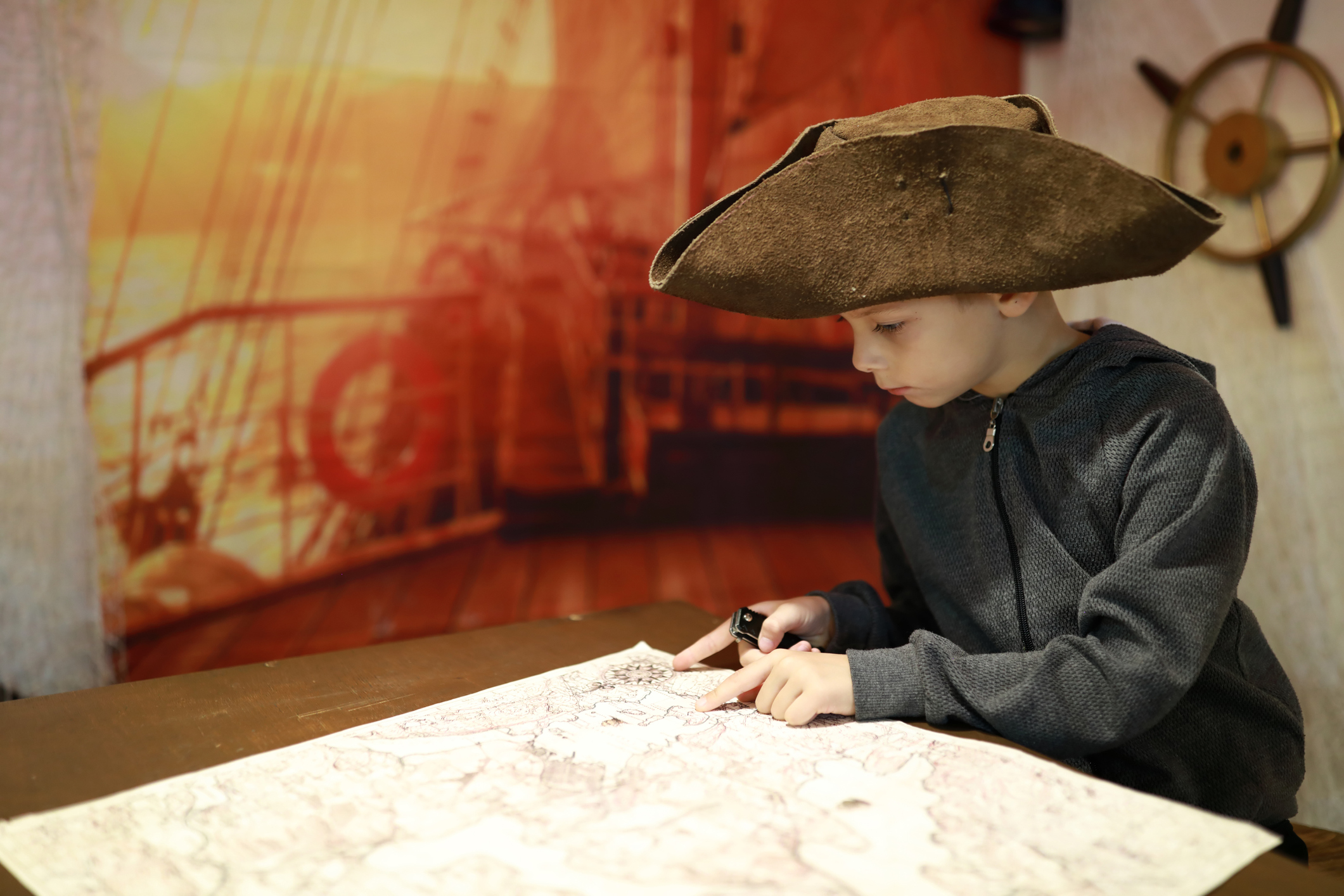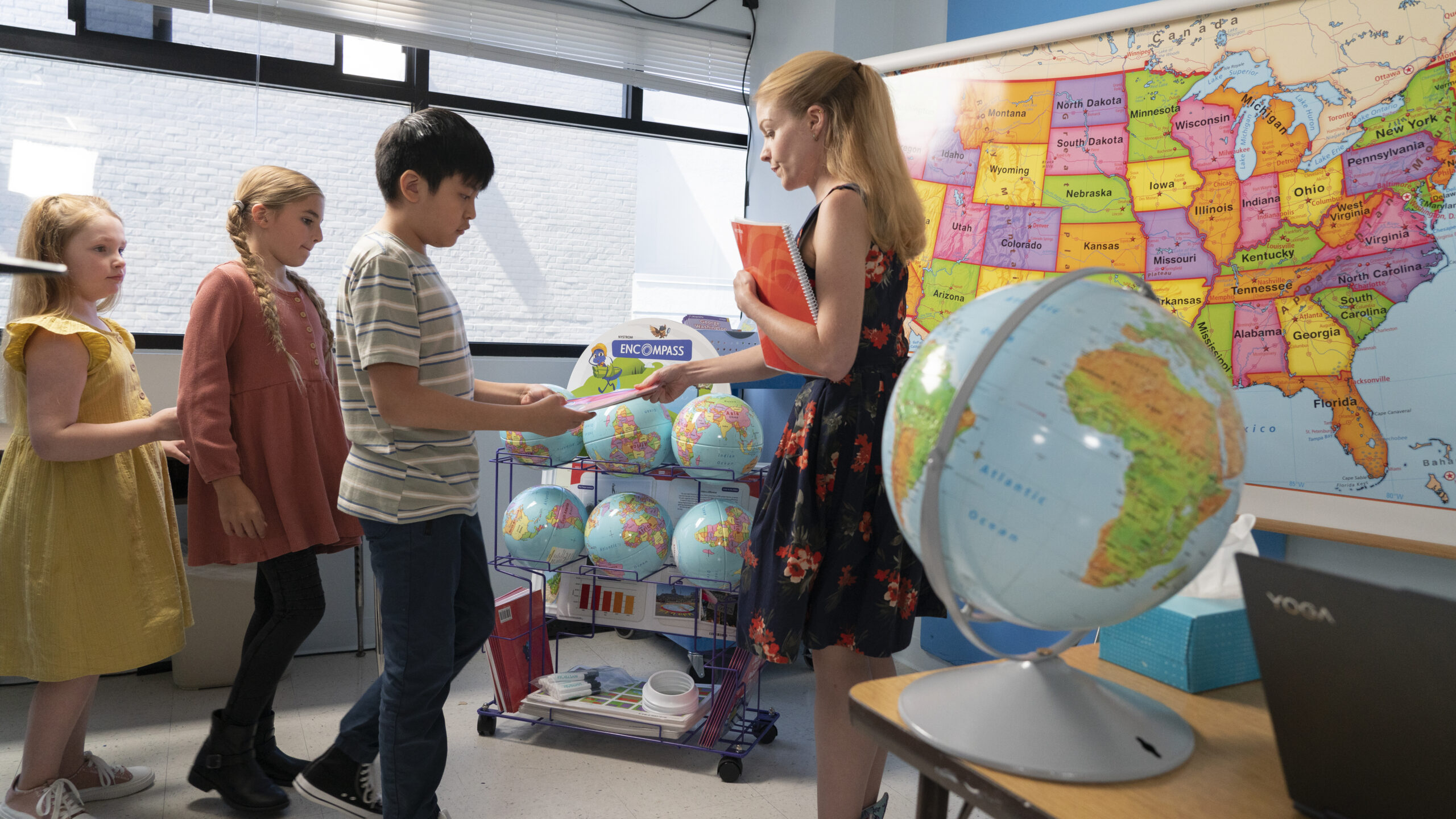
Do your social studies classes need more spark to captivate your students’ attention? Are traditional teaching methods falling short of fostering genuine interest in historical events and civic concepts? Fear not, as we unveil an innovative approach that not only educates, but captivates – teaching social studies through simulations. Get ready to embark on a journey where history comes alive, and students become active participants in their learning.
Imagine a classroom where textbooks transform into time machines, transporting students to pivotal moments in history. As a teacher, you can turn mundane lessons into captivating experiences that leave a lasting impact. Enter the realm of simulations, a game-changing strategy that meets educational standards and sparks a passion for social studies.
Understanding the Power of Simulations
Simulations are an educational strategy that involves recreating or simulating real-world scenarios, historical events, or decision-making processes to provide students with hands-on and experiential learning opportunities. Interact simulations are designed to immerse students in a dynamic and interactive environment, allowing them to actively engage with the subject matter and gain a deeper understanding of historical, cultural, or civic concepts. Some advantages of using simulations are increased student engagement, improved critical thinking, and a deeper understanding of historical concepts.
Choosing the Right Simulation
When choosing a simulation to do with your students, there are many things to remember. First off, make sure the simulation aligns with your curriculum objectives and standards. Next, consider your students’ interests, and choose a simulation that will resonate with them to ensure high levels of engagement. Another thing to consider is accessible resources. In fact, Interact provides simulations for nearly 100 different social studies topics. These can be modified to meet your specific needs for your classroom. In summary, considering the standards, your students’ interests, and access to resources are essential when selecting the right simulation for your students.

Implementing Simulations Effectively
When Introducing a simulation with your students, you want to set the stage by providing context and clearly stating your learning objectives. This is typically done first by providing a guiding question that piques the students’ interest. Then, teachers will walk their students through a student guide that outlines all of the guidelines for the simulation.
The next step is to assign students into teams, and then roles. Working in teams boosts collaboration skills while instilling some friendly competition into the simulation making it even more motivating for students. The roles help the students experience firsthand what it was like to be in the place, event, or time-period. Taking on a different role is what makes simulations so memorable for students, and enhances their understanding of historical perspectives.
Now it’s time to dive into the simulation! Teachers need to determine how many days they should spend doing the simulation. Simulations are flexible and can be done for a short time each day over several days, or they can even be modified to take place in just one class period. This will depend on the time teachers have, along with the stamina and personalities of their students. Regardless of how long teachers spend on the simulation, it’s imperative to include a debriefing session post-simulation to reflect, discuss, and synthesize key takeaways from the experience.
Overcoming Challenges of Implementing Simulations
There are several challenges for teachers when implementing simulations into their lesson plans. First off, simulations can be overwhelming. Teachers need to know that they don’t have to do everything. They can pick and choose what parts that work for them. Teachers must be flexible, and adapt the simulation to meet the needs of their students, their curriculum, and time constraints.
Another reason they can be overwhelming is that they take a lot of time to plan. Planning out a simulation takes time. Between creating a large bulletin board of an interactive map or scoreboard, putting students into groups, copying student guides, assigning roles, and simply wrapping your head around the entire concept can be so time-consuming. However, once a teacher puts it all together, the reward comes with the fun the teacher has when implementing the simulation and the buzz of excitement from the students. Student behavior undoubtedly improves when students are actively engaged in their learning.

My Success with Using Simulations
As a fifth grade teacher for over 30 years, I love implementing simulations with nearly every one of my social studies units. My students look forward to social studies because they never know what to expect when coming to class each day. Last week when we were doing the Interact simulation Maya one of my students said, “This is so hard, but it doesn’t feel like work”. That is my goal as a teacher, to challenge my students by instilling a love for learning so they grow to empathize with others while gaining an appreciation and understanding for others.
So far this year, my students have traveled across the country learning map skills along the way in the Heritage Interact Unit. Then, they ran Mayan Cities learning the roles of the high priests, ambassadors, mathematicians, and noble lords along with the importance of trading and working together to build a successful civilization. Later this year, they will establish their own colonies, then race through South America learning about each country’s culture in the unit Amigos.
My students and I love coming to school each day because our classroom is fun, challenging, collaborative, and allows students to move, interact, and truly experience social studies topics.
The era of uninspiring social studies classes is over! By embracing simulations, teachers have the opportunity to revolutionize their approach and make history come alive in ways that traditional methods simply cannot match. Watch as your students become active participants, eagerly immersing themselves in the rich tapestry of the past. It’s time to turn the pages of history together, with simulations leading the way to a future of engaged and empowered learners.
Learning simulations are a student favorite in the classroom
Learn how they can support your student learning
Jodi Overfield has been teaching for 30 years. She serves as a social studies and ELA educator in grade 5 for the Pickerington Local School District in central Ohio. She is licensed to teach gifted students and is a current board member of the Ohio Association for Gifted Students. Recently, she became a District Partnerships & Instruction Specialist with Social Studies School Service.
